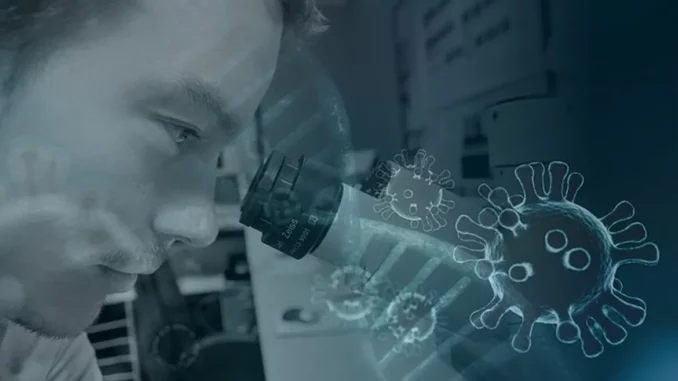
Summary
DNA Data Storage Market Forecast to Surge 60% Annually, Reaching $1.28 Billion by 2028
As the digital landscape expands, the potential of DNA digital data storage emerges as a groundbreaking solution. Dr. Emily Waverley, a prominent bioinformatics researcher, offers insights into a market poised for exponential growth, projected to hit $1.28 billion by 2028 with an annual growth rate of 59.7%. This innovative technology promises to reshape data storage with its unparalleled efficiency and sustainability.
Main Article
Sitting in Dr. Emily Waverley’s office, surrounded by a plethora of scientific literature, the air was thick with the promise of innovation. As a leader in bioinformatics, Dr. Waverley is at the forefront of DNA digital data storage—a field that is rapidly gaining traction. “DNA is nature’s original data storage system,” she asserted, emphasising its efficiency and potential to store vast quantities of data in a compact form factor.
The Mechanics of DNA Storage
DNA data storage hinges on two key processes: sequencing and synthesis. Sequencing involves decoding the DNA to retrieve stored data, while synthesis is the writing of data onto DNA strands. “Both processes are crucial,” Dr. Waverley explained, “and advancements in either can propel the industry forward.” The potential of synthesis is particularly exciting, as technological advancements could soon make DNA storage a viable option for everyday applications, from personal data storage to medical records.
Challenges and Innovations
Despite the burgeoning potential, several challenges remain. The cost of synthesis and sequencing, albeit decreasing, is still relatively high. Moreover, the speed of data writing and retrieval from DNA lags behind conventional methods. “But with projected market growth of nearly 60% annually, we’re confident that investment and innovation will address these issues,” Dr. Waverley noted, highlighting the optimism within the industry.
Sustainability and Real-World Applications
A significant advantage of DNA storage is its environmental sustainability. Unlike traditional data centres, which consume vast amounts of energy and require extensive cooling, DNA storage is incredibly energy-efficient. “It’s a sustainable solution that could significantly reduce the carbon footprint of data storage,” Dr. Waverley remarked, her enthusiasm evident.
The potential applications of DNA storage are vast. From archiving films in the entertainment industry to preserving large datasets in scientific research, the technology offers a myriad of possibilities. “Even governmental and financial sectors stand to benefit from its security and longevity,” Dr. Waverley added, painting a picture of a future where DNA storage becomes integral to various industries.
A Vision for the Future
As the discussion concluded, Dr. Waverley shared her excitement about the future. “The concept of preserving humanity’s collective knowledge in a format that could last for thousands of years is exhilarating,” she said, her eyes sparkling with optimism. “We’re on the cusp of a technological revolution, and being part of it is both daunting and thrilling.”
Detailed Analysis
The rapid growth of the DNA digital data storage market is emblematic of a broader trend towards more sustainable and efficient data storage solutions. As digital data continues to proliferate, traditional storage methods are increasingly unsustainable—not only in terms of physical space but also energy consumption. DNA storage offers a compelling alternative, leveraging the natural world’s most efficient data storage system to meet modern needs.
The projected market growth is driven by technological advancements in both sequencing and synthesis. As these technologies become more affordable and efficient, DNA storage will likely transition from a niche archival tool to a mainstream solution. This shift is particularly relevant in the context of increasing data privacy concerns, as DNA storage offers unparalleled security features.
Further Development
As the DNA digital data storage market evolves, several key developments are expected to shape its trajectory. Continued investment in research and development will be crucial to overcoming current technological limitations. Additionally, regulatory frameworks will need to adapt to accommodate this new form of data storage, ensuring that it meets both security and ethical standards.
Readers are invited to stay tuned for further coverage as we follow this exciting journey from scientific curiosity to commercial reality. Future updates will delve into emerging partnerships, technological breakthroughs, and the real-world impact of DNA data storage across various industries.

